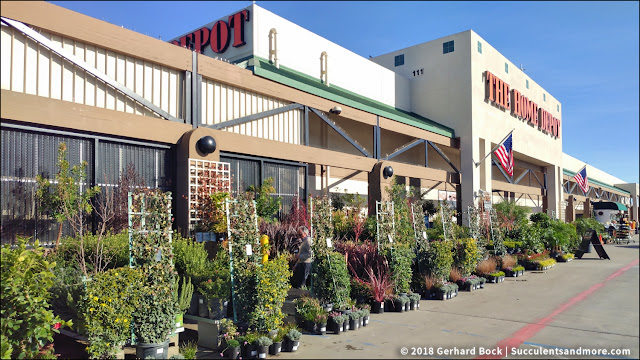Our aloes are finally flowering—and how!

All things come to those who wait, they say. It certainly took a while this year for the flowers on our aloes to open. I'm convinced the inconsistent weather—cool, unseaonably warm, cool, rainy, cold—got the plants all confused. But finally, after almost two months of impatient waiting on my part, the aloes planted in the strip along the street are at their peak. Aloe excelsa (first two photos) is flowering for the first time, and our three Aloe 'Moonglow' (orange-yellow flowers) have never had so many inflorescences. Exciting times indeed! Let's take a look! Aloe excelsa blooming for the first time










